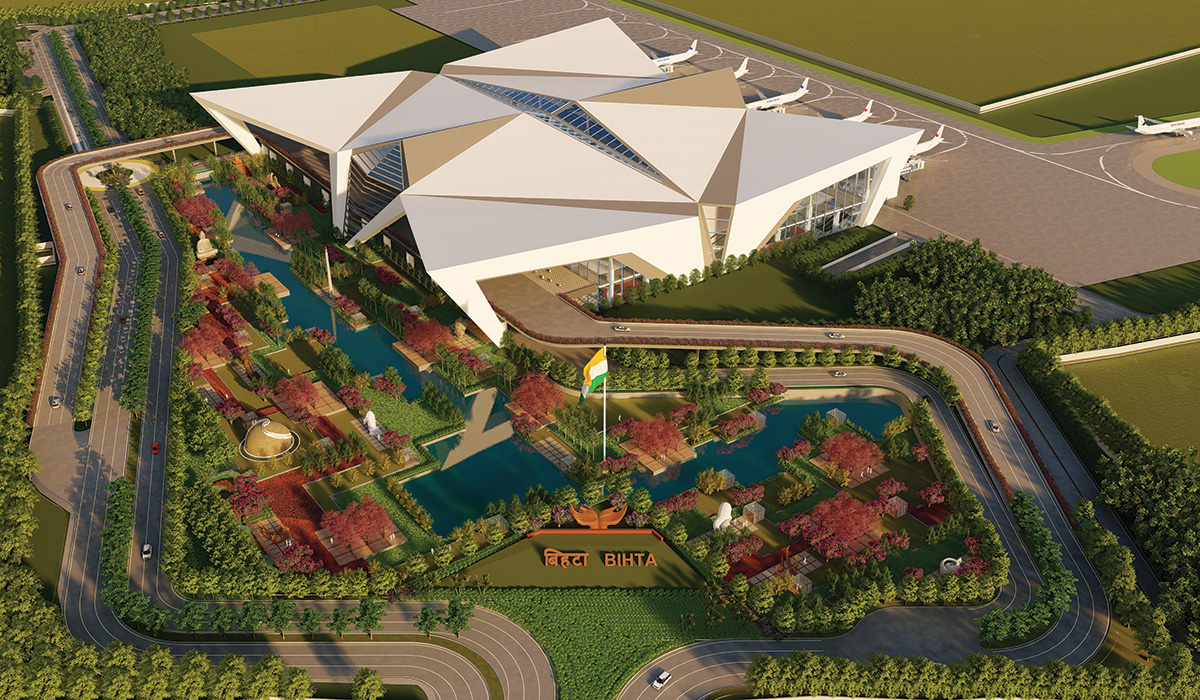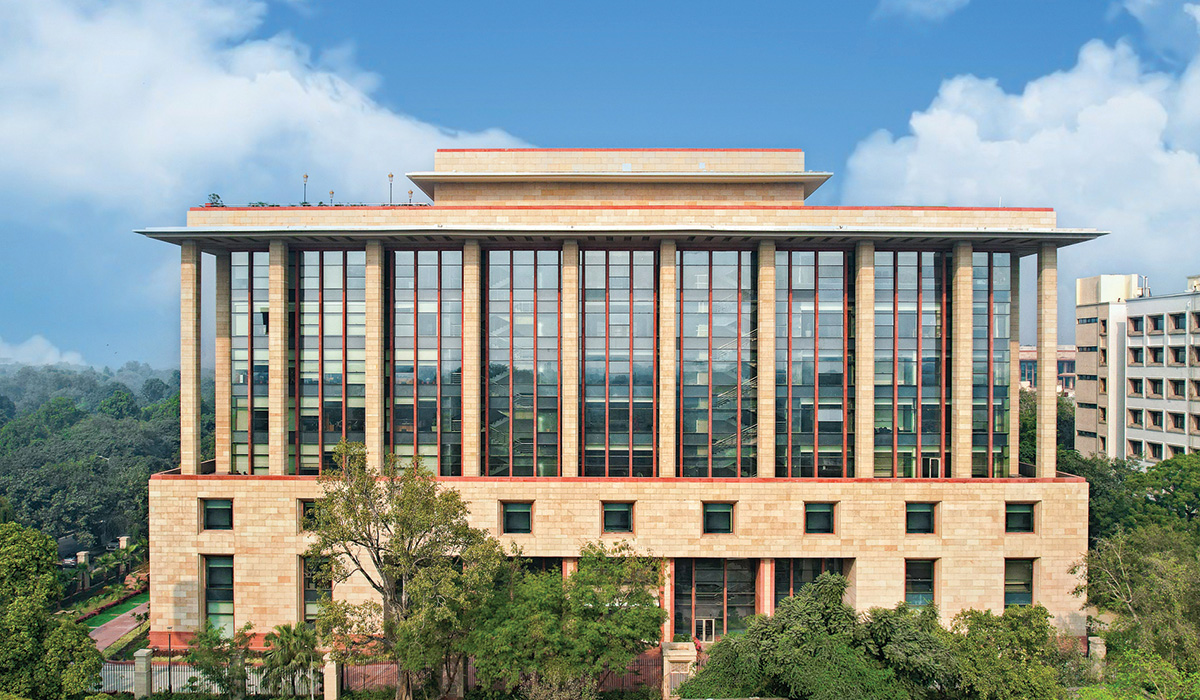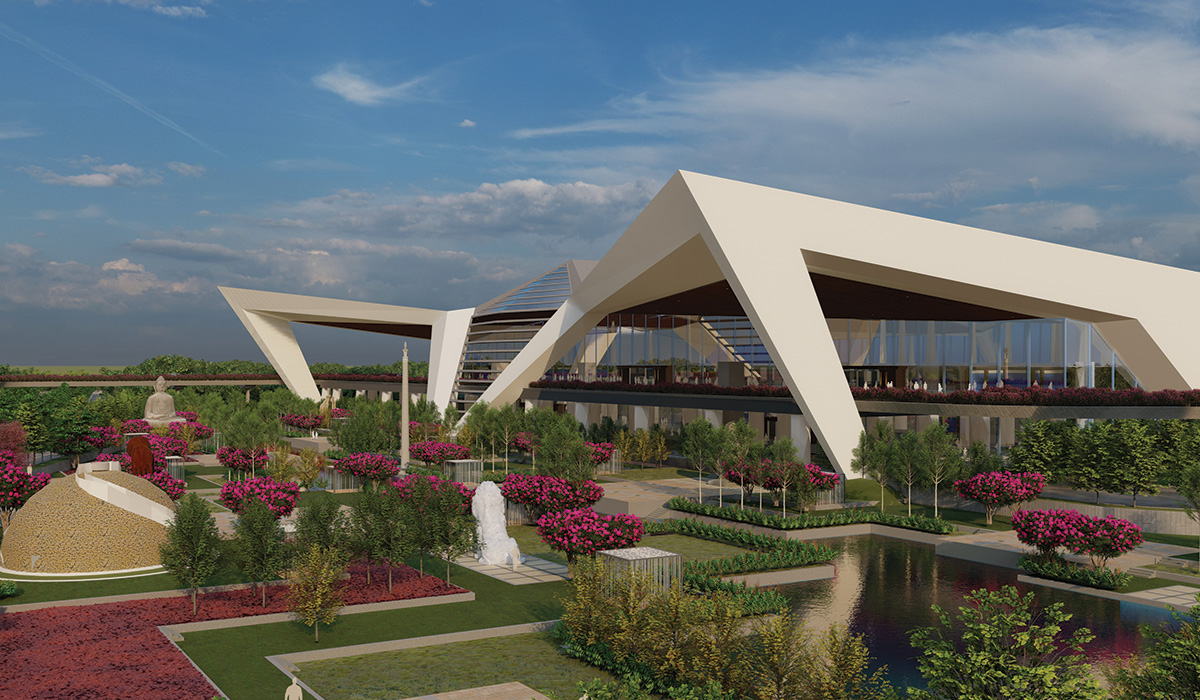Anand Sharma, Founder & Partner, Design Forum International
From reimagining public spaces to addressing urban challenges, architecture and design shape communities, enhance lives, and foster a sense of belonging like never before. They have evolved into instruments of social transformation, working hand in hand to bring about positive change. One of the most compelling ways they achieve this is by reshaping public spaces. Parks, plazas, and community centres are no longer just places for relaxation; they are now spaces for interaction, inclusivity, and empowerment.
Consider the resurgence of neglected urban areas through the process of urban revitalisation. Abandoned warehouses are transformed into vibrant art galleries, forgotten alleys into colourful murals, and derelict buildings into innovative co-working spaces. These projects breathe life into forgotten corners of the city and create platforms for collaboration, artistic expression, and community engagement.

Parameters for a coherent design approach
A specific brief always comes with doing certain projects, consisting of tangible aspects or what we may call the nuts and bolts of a construction project. A lot needs to be said and subtly incorporated into the conceptualisation of the design process. However, one must go beyond the design brief to understand what lies ahead of the conventional checklist and pure numbers. This evolves an understanding of the social impact the project will have on the local communities, the ethos and culture it embodies and conveys, and the footprint it leaves for all times to come. Parameters (long and short) are the contexts, the people and the impact the project will have on people. For instance, projects with a more significant social impact are the ones that are mindful of people and their experience in navigating through that project, habiting that project or working for that project.Projects with a more significant social impact are the ones that are mindful of people and their experience in navigating through that project, habiting that project, or working for that project.
Anand Sharma
On-ground research: site analysis
The on-ground effort typically involves interacting with similar user groups and the place’s immediate social, physical and economic context before we undertake the simple design. Climate plays a huge role, and factors such as traffic circulation, connectivity, and carbon footprint, among others, are also researched. Most importantly, the aspirations of that place-the site-are a significant component of the research. Understanding the socio-economic growth waves in that geographical setting, the architect is designing for, is essential too. Some of the questions to address are - Does the project carry any baggage? Does it have any inspiration? What level of growth and development is the region or city going through?The background research inevitably translates into the design. Creating a building that stands on the foundation of the rich cultural context that the region embodies. However, it is also important to project it as a monument of modernity, suitably grounded in the ethos of the historical and urban context of the city.

Contrast between public and private realms
In the private sector, architects deal with a very fixed set of people responsible for giving the design brief. For public sector projects, however, the client is the nation itself. So, we are dealing with more than one thing or a fixed set of people for public sector projects. Public projects become a canvas to ponder how they can help society and the region and eventually contribute to what we so fondly call our humble effort at nation-building. The other thing is that there is always a revenue-related motive underpinning the projects as far as the private sector is concerned. For the public sector, something not only has to be socially viable but financially viable as well. As the design canvas is much bigger, the social impact takes far more priority than it does in the private sector.
DFI has adeptly woven a thread of continuity that bridges the past, present, and future. With a focus on significant social impact, they’ve conceptualized, designed, and brought to life various projects, such as the Sainik School, Delhi PWD School, Assam Skill University, and more; all of these ventures stand as testaments to our commitment.















